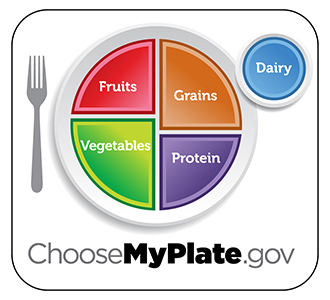Contact us
To schedule an appointment, please call.
The program is based on Dr. Len Epstein’s Traffic Light Program, which has demonstrated the best long-term results in the literature for weight loss and 10-year weight maintenance in children and adolescents.
The PWCP does not recommend rapid, short-term weight loss or dieting.

How to Eat Healthier
The first phase of the program helps create a balanced diet that limits unhealthy foods. Children record everything they eat and drink in a journal during the program. Recording what they eat and drink allows children to examine their eating habits. Children can then determine what they can change to create a healthier, balanced diet. Parents are strongly encouraged to record their own eating habits as well.
Children and parents will be asked to set weekly goals to limit the number of unhealthy foods they eat. They will also have short assignments to complete before each session. Regular attendance at the weekly sessions by both parents and children is critical for success in this program.
Physical Activity
The second phase of the program focuses on exercise habits and how families can incorporate more physical activity into their daily lives.
Individual Sessions
Every 6-7 weeks, each family meets individually with behavior coaches for a 20 minute session to discuss progress as well as support for any specific obstacles or concerns.
Maintenance
Group Session Format Each group session is 90 minutes.
Typically, the groups follow this format:
Our staff and families work together to evaluate progress by looking at:
The goal for each child is to maintain the same weight or to gradually lose weight while continuing to grow in height.
Connect with us:
Download our App: